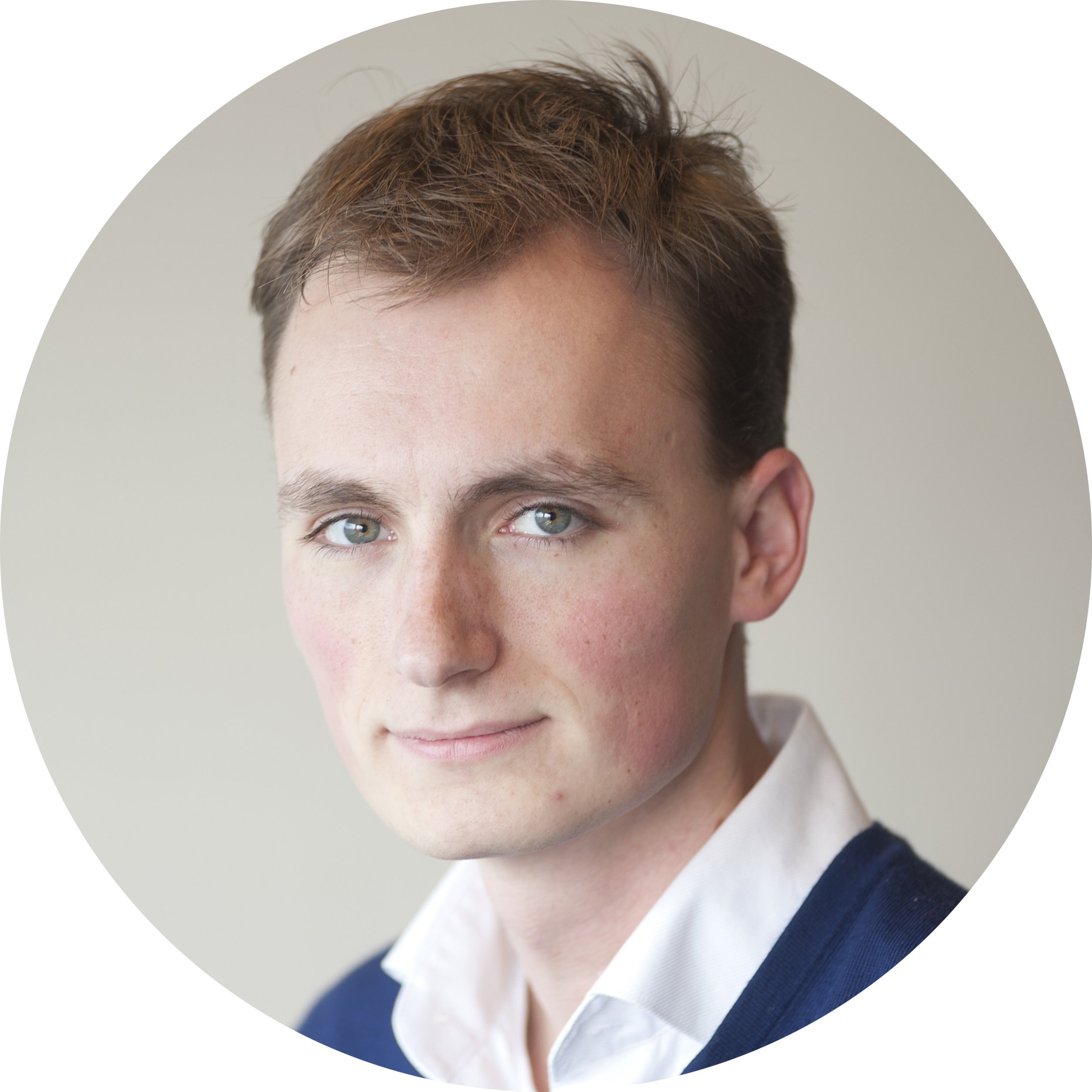Name: Teun de Groot (25)
Nationality: Dutch
Supervisors: Prof.Dr. Alexander Yarovoy (Electrical Engineering, Mathematics and Computer Science)
Subject: Optimal allocation of multiple re-configurable sensors to accomplish a chosen mission.
br />
Thesis Defence: In 2 years
“Two years ago, Dutch entrepreneur and entertainer Emile Ratelband crashed a radio controlled airplane into a government building. Security and the authority reacted late, as it was an event which had never occurred before. This example shows that threats can easily adapt, but the current sensor systems cannot.
I am working in a large national project called STARS, which is developing technology for making sensors more reconfigurable. I’m investigating whether it is possible to adapt such flexible sensor systems to different, unknown scenarios.
My sensor network can consist of different types of sensors such as radars and cameras. The radar is all-weather capable – it works well when it is raining or foggy. But a camera can better identify objects like small airplanes. Therefore cameras and radars can complement each other.
However, there are many different ways to use and configure them. If the range of a radar increases, the refresh rate will drop. Where sensors should be positioned? Are there obstacles that block their view, like skyscrapers? How many times do they have to scan a certain area? It all depends on what should be achieved.
My algorithm should control the sensors in such a way that they adjust quickly even when there is an unknown situation. It is also very important to see how authorities use the sensed information, because this determines how the sensors can be controlled in an optimal manner.
I work on different scenarios. For example I look at scenarios where there are assets that need to be defended. An asset could be a nuclear power plant, or even the queen. The system should automatically adapt so that threats will be detected, identified and tracked for a helicopter to intercept the threat in time. I am still investigating the scenarios and fine tuning the algorithms.
I focus on two fundamental questions. What is optimal in perspective of the mission? And how could we make an algorithm that maximizes the probability of mission success? The method should be flexible so it can be used in the future during new, unexpected situations.”



Comments are closed.